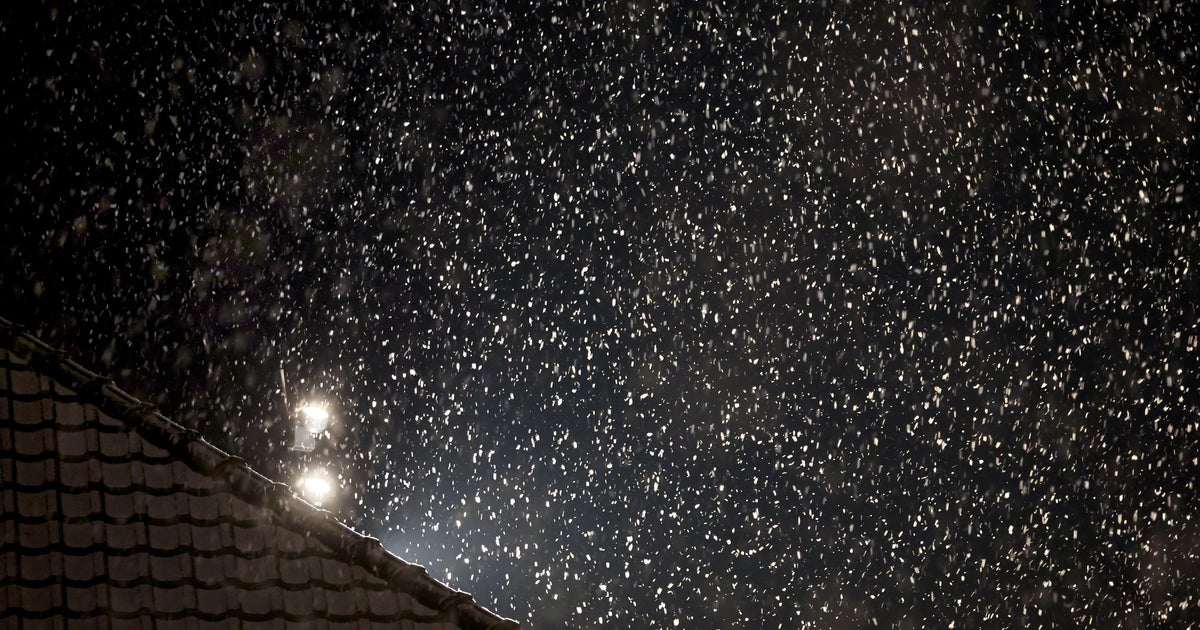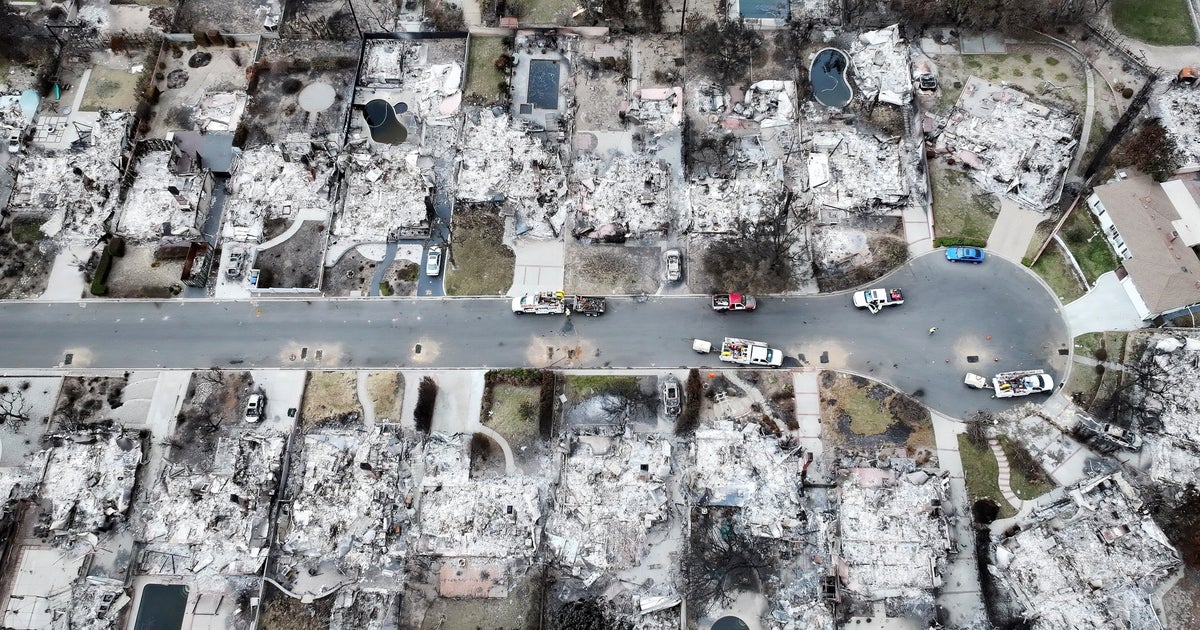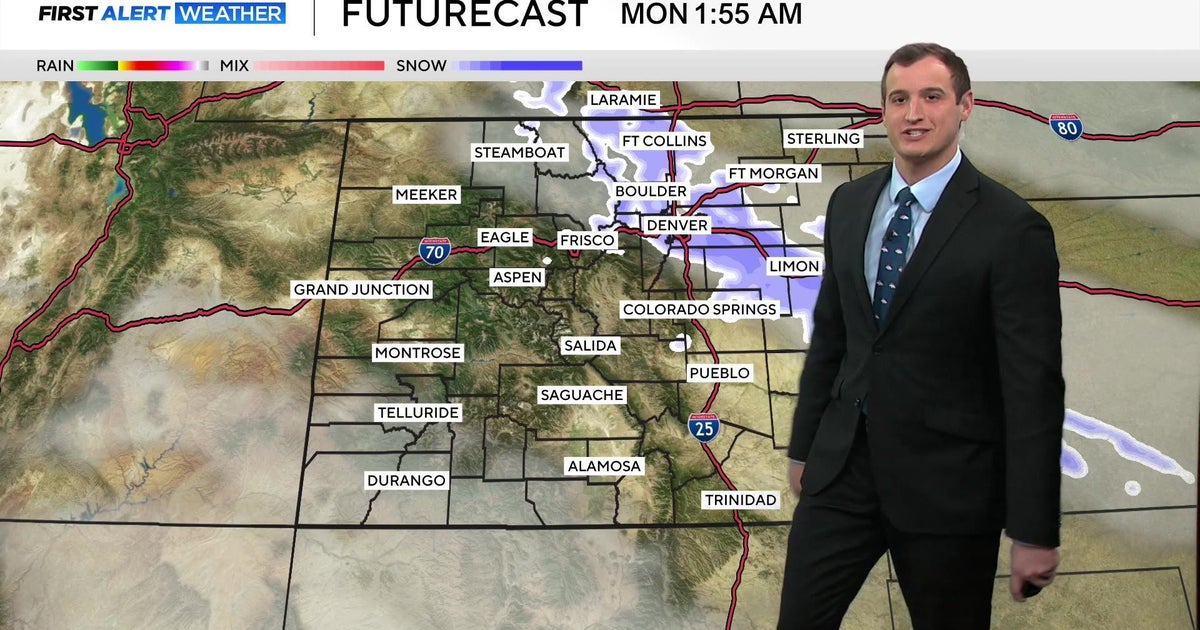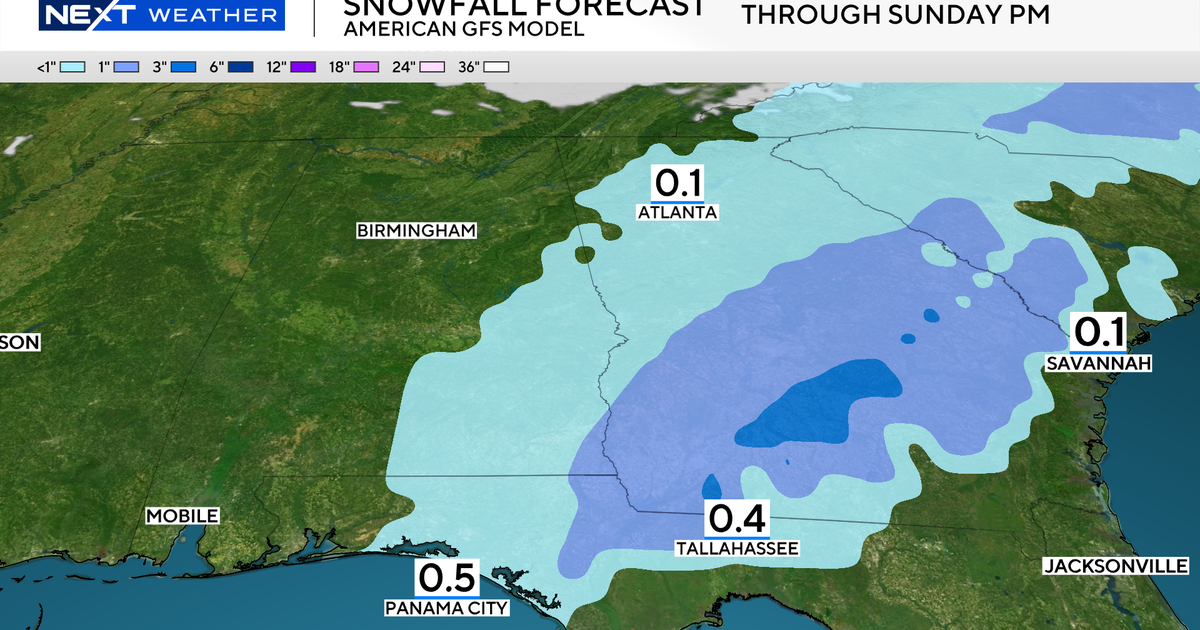"Fluctuating fire zones": How this year's wildfire risk will vary depending on environment
NEVADA COUNTY -- With California's wildfire season soon approaching, the question remains: what type of impact will the wet and rainy winter have on it?
Although the winter storms help bring moisture to the soil, they've also helped grass grow throughout California. It's because of that growth that grasslands and foothills areas will be at a higher risk for more intense fires this year.
"You can easily have several times as much grass and biomass fuel growing as you did in a dry year," professor of Plant Sciences at UC Davis Andrew Latimer said.
Meanwhile, Latimer says forests may be at lower risk. Moisture in the soil and water in the creeks and streams act as what he calls "speed bumps" for fires.
"That's a place where fires can be stopped, or slowed down, or stopped completely. That really didn't happen in 2020 and 2021 when it was so dry," Latimer said.
However, foothills communities are a mixture of the two — grasslands and an abundance of trees — which is a combination that sets the stage for active fires.
Craig Griesbach, director for Nevada County's Office of Emergency Services says fire season is inevitable for all foothills communities and they prepare the same each year regardless of winter rain.
"We all have that risk, especially during red flag days, especially in the late summer, early fall," Griesbach said.
The Nevada County Office of Emergency Services is encouraging residents to prepare now. One of the best mitigation efforts you can do is by clearing grass, trees and debris from your property which will help reduce fire fuel.







